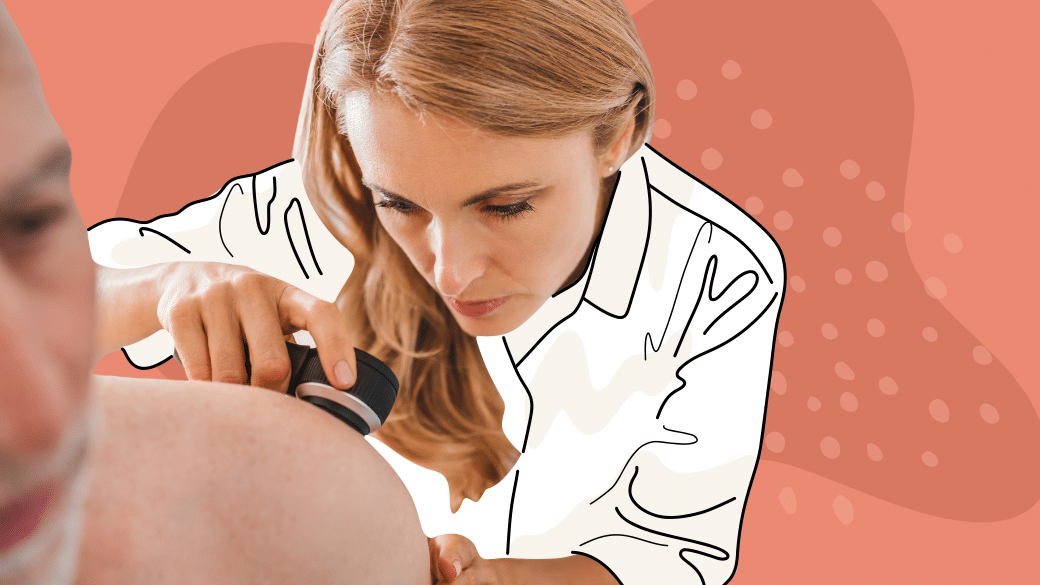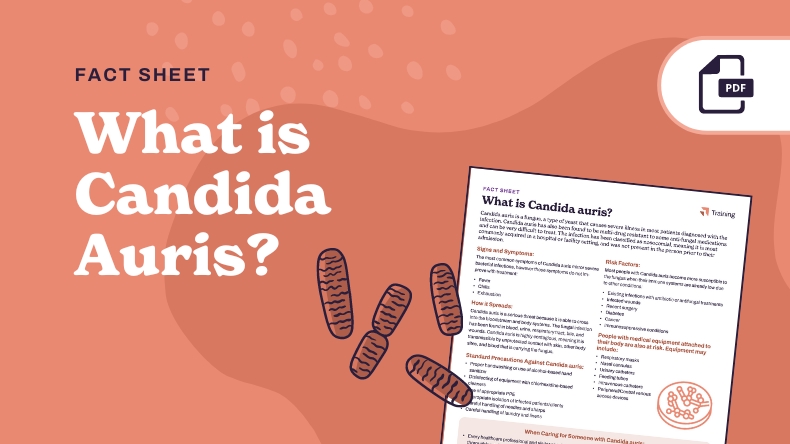What exactly is Candida auris and how is it different from the traditional, rather mild fungal infections that healthcare professionals in the post-acute industry are used to treating? Stay alert and learn what you need to know about Candida auris.
Recent news reports nationwide have reported a surge in a newer fungus that is causing deadly infections in people diagnosed with the condition. On 03/20/2023, the Centers for Disease Control [CDC] announced that there are now reported cases of Candida auris in more than half of the states in the United States. The CDC is now labeling the fungal infection, “a serious global health threat.” So what exactly is Candida auris and how is it different from the traditional, rather mild fungal infections that healthcare professionals in the post-acute industry are used to treating? Stay alert and learn what you need to know about Candida auris.
What Exactly is Candida auris?
Candida auris is a fungus, a type of yeast that causes severe illness in most patients diagnosed with the infection. The fungus was fully identified and described in detail in a report by scientists in Japan in 2009, with U.S. cases first surfacing in 2016 in the United States in Illinois and New York. Candida auris is a serious threat because it is able to cross into the bloodstream and body systems. The fungal infection has been found in blood, urine, respiratory tract, bile, and wounds of some affected patients. Candida auris is also highly contagious, meaning it is transmissible with any unprotected contact with skin, other body sites, and blood that is carrying the dangerous fungus. Familiar strains of yeast infections like Candida albicans are not transmissible by contact and only rarely cross into the bloodstream in an infected person, meaning they are usually less severe and easier to treat. Candida auris has also been found to be multi-drug resistant to some anti-fungal medications and can be very difficult to treat.
What are the Symptoms of Candida auris?
The symptoms of Candida auris mirror severe bacterial infections. Most people with Candida auris become more susceptible to the fungus when their immune systems are already low due to other conditions. Fever, chills, and feelings of exhaustion are the most common symptoms. Candida auris can be fatal because many of these serious symptoms are masked when people have other existing medical problems. Also, unlike commonly seen yeast infections like Candida albicans, Candida auris can not grow in the gastrointestinal tract or oral cavities, making it difficult to recognize unless cultured specifically. The Candida auris fungus is also known to be painful, particularly when infections of the fungus are found in ears and wounds or skin.
Who is at risk to contract Candida auris?
Candida auris has been classified as a nosocomial infection, meaning it is a condition most commonly acquired in a hospital or facility setting, and was not present in the person prior to their admission. Patients with other existing infections who are already on antibiotics or antifungals are at risk for contracting multi-drug resistant Candida auris. People who have infected wounds, have had recent surgery, or have been diagnosed with diabetes, cancer, and immunosuppressive conditions are also at great risk. In addition, anyone with medical equipment that is attached to their body is at risk for the fungal infection, such as people who are intubated or using respiratory masks and nasal cannulas, as well as people with urinary catheters, feeding tubes, or intravenous, peripherally, or centrally inserted catheters.
People who are healthy and do not have underlying conditions are not at risk for severe Candida auris infections but are at risk for spreading the yeast to others. Candida auris can live on and within the human body, as well as on moist and dry surfaces for up to 14 days.
How do you treat Candida auris?
It is important for all healthcare professionals in any setting to be vigilant and prevent the transmission of the fungus through proper special precautions. The most important and simplest step is proper handwashing. Every healthcare professional and visitor should thoroughly wash their hands immediately after visiting a patient in a room in a healthcare facility. Alcohol-based sanitizers can also kill the candida auris fungus when soap and water is unavailable. Even in home settings, proper hand hygiene is key for everyone to stay healthy and prevent the spreading of germs to each other.
People with suspected or confirmed Candida auris infections should be isolated to prevent spreading the fungus. All healthcare professionals and visitors should utilize contact precautions, including wearing gowns and gloves when coming in contact with the affected person until the infection clears. Candida auris can only be confirmed by swabbing affected areas or equipment and submitting for laboratory testing. Often, several antifungal medications will be needed to rid the fungus from the body. Echinocandins are a class of antifungal medications that have been found to treat the fungus, with severe infections requiring excessive doses and additional antifungals to completely eliminate the infection. Equipment should be routinely disinfected; chlorhexidine-based cleaners are among the safest for cleansing equipment in contact with the body.
Now What?
Remember that while Candida auris can be serious and even fatal in some cases, don’t panic. Pay attention to the people you care for as a healthcare professional and if you think you find symptoms of the infection, report them immediately. Early intervention can prevent any infection from becoming more severe. Never forget that simple handwashing or use of an alcohol-based hand sanitizer is a highly effective way stop spreading the fungus. Visit the Centers for Disease Control [CDC] to monitor the most current information on Candida auris and other diseases that may be affecting the people you care for:
For the most up to date information and transmission statistics, visit the Centers for Disease Control [CDC] Candida auris web page.
For the specific recommendations based on the setting where you provide care as a healthcare professional, visit the CDC Infection Control and Prevention for Candida auris page.







